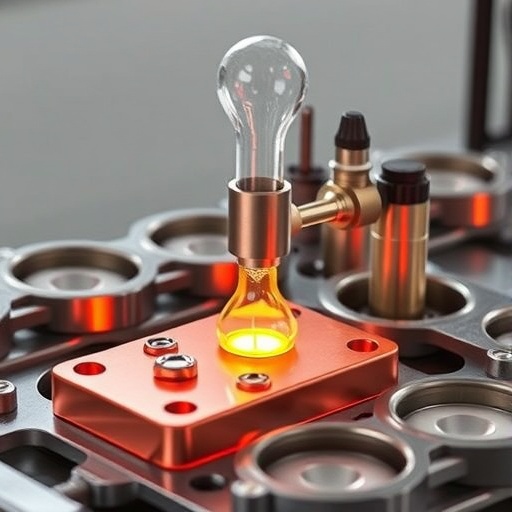In recent years, it has become increasingly clear to researchers that the protein galectin-3 is involved in inflammatory diseases in the brain. A study led by researchers at Lund University in Sweden now shows the de facto key role played by the protein in Alzheimer’s disease. When the researchers shut off the gene that produces this protein in mice, the amount of Alzheimer’s plaque and the inflammatory load both decreased.
Researchers at Lund University together with colleagues in Spain and the UK have published a study in Acta Neuropathologica which reinforces the picture of the relevant protein, galectin-3, as a key player in Alzheimer’s disease. Among other things, Alzheimer’s disease involves the accumulation of amyloid plaques outside cells and tau protein forming lumps within nerve cells. When our innate immune defence system discovers the plaques, the brain’s immune response is activated. It is in precisely this mechanism that the galectin-3 protein appears to play a major role.
“The problem is that if this inflammatory response goes on for a long time, it creates a toxic environment which eventually leads to the breakdown and death of the nerve cells – and the onset of disease”, explains Antonio Boza-Serrano at Lund University’s experimental neuro-inflammation laboratory, one of the researchers behind the study.
The protein that the researchers investigated is produced by the brain’s sanitation workers, the microglial cells, whose care of the brain’s immune system includes cleaning out harmful proteins that accumulate in the brain. It seems that galectin-3 is required to activate the microglial cells in the case of plaque formation in the brain.
“We have found that this inflammatory protein increases tenfold in the brains of deceased patients with Alzheimer’s disease, and we especially find it in the microglial cells that accumulate around the amyloid plaques”, says Antonio Boza-Serrano.
The protein is only present in diseased brains
Galectin-3 is also involved in inflammation in the case of Parkinson’s disease and after a stroke. The fact that the protein is barely detectable in healthy brains but increases in cases of inflammation is good from a drug perspective, according to the researchers, as they do not want to risk a drug affecting cells other than those specifically responsible for the development of the disease. It is indeed possible to slow the effect of galectin-3 by using inhibitors that prevent the protein from being active in inflammation.
“We grew microglial cells in the lab and added the protein present in Alzheimer’s plaques, which made the cells become very active from an inflammation perspective. But when we added the galectin-3 inhibitors, the microglial cells became ‘milder’, less inflammatory”, explains Tomas Deierborg, head of research at the experimental neuro-inflammation laboratory at Lund University and last author of the study.
Alzheimer’s mice without Galectin-3 did better in the labyrinth
The researchers were also able to study mice with Alzheimer’s but lacking the gene that produces the galectin-3 protein. They observed that these mice did not develop as much inflammation as those with both Alzheimer’s disease and the galectin-3 gene.
“We use a labyrinth out of which the mice have to find their way and we observed that the mice with Alzheimer’s but with no galectin-3 were smarter – had a better memory – than the mice with Alzheimer’s and galectin-3.”
Although the clinical results are promising, the researchers point out that the studies in which they inhibited the protein are conducted on cells, and the studies on the lack of the galectin-3-gene are conducted on mice.
“We have shown that by removing galectin-3, we can decrease the amount of plaque and inflammation in the mice, but we have not studied whether this works in humans. There is every reason to continue and to investigate this further. Although it is a long way to the patient, our hope is that our research findings can lead to future treatments for Alzheimer’s disease in people as well”, says Tomas Deierborg.
###
Media Contact
Tomas Deierborg
[email protected]
Related Journal Article
https:/
http://dx.




